

Are You Ready to Cultivate Climate Resilience on Your Farm?
Use the free resources shared on this site to work through a DIY whole farm planning process designed especially for small- and mid-scale diversified operations that will help you reduce the risks and capture new opportunities created by more variable weather and extremes.
Did you know that whole farm planning and regenerative agriculture can help you cultivate the climate resilience of your farm?
The resources shared on this site can help you cultivate the climate resilience of your farm through a 5-step planning process that answers questions such as:
How is climate change showing up on my farm?
How are other farmers in my region adapting to changing weather patterns?
What is the right mix of targeted vs. general resilience practices for my operation?
How do I choose the “best fit” adaptation options for my farm?
What resources are available in my region to help me design and implement these options?
While the resources on this site are curated specifically for farmers managing small- and mid-scale diversified operations in the Hudson Valley, many are relevant for farmers anywhere within the United States.
The Five Steps Guide
Use the resources on this site and your experience managing your farm to create a climate resilience plan in 5 steps:
Step 1
Step 2
Learn more about the current and expected climate change effects in your region to identify the climate-related threats and opportunities specific to your farm operation.
Step 3
Select a complementary set of climate risk management strategies that draw on a diversity of farm resources to cultivate the specific and general climate resilience of your farm.
Step 4
Evaluate selected climate risk management strategies and associated practices to identify those that are a “best fit” for your farm operation.
Step 5
Make a climate resilience plan to implement a group of complementary “best fit” climate resilience practices, including a timeline, specific steps to implementation, and monitoring the performance of your new practices to climate risks.
FAQ
What is climate resilience?
Climate resilience is the ability of a farm to meet business and family goals despite changing seasonal weather patterns, more variable weather, and more damaging extreme weather. Farmers can cultivate climate resilience by using production system designs and management practices that promote high response, recovery and transformation capacity.
Why whole farm climate resilience planning?
Traditional agricultural risk management tends to focus on targeted solutions like irrigation and insurance that do not recognize or take advantage of the general resilience benefits produced by farming practices that promote the health of land, people and community.
Why regenerative practices?
Regenerative agriculture draws on a special group of farming practices that enhance farm resilience by promoting regional regeneration of ecological, social, economic and spiritual health. These practices – such as diversification of crops, livestock and markets and the use of reduced tillage, cover crops, crop rotation, and intensive grazing to promote soil health – are already familiar to many farmers because they are the foundation of success for many contemporary forms of ecological farming systems, including conservation, sustainable, and organic agriculture.
Why regional resources?
Although climate change is global, climate change impacts are regional, and the climate risks associated with these impacts are specific to farm location and operations.
What do other farmers think about this planning process?
This DIY guide has been tested by nearly 100 farmers managing diversified small- and mid-scale operations in Wisconsin, Minnesota, Kansas, Maine, North Carolina and New York over the last 5 years. Most of these farmers appreciate how working through the DIY guide increased their understanding of how weather patterns are changing in their region, how these weather changes have influenced and are likely to influence farm performance in future, and what they can do about it. Farmers who complete this 5-step process feel more confident in their ability to successfully manage climate risk now and to prepare for expected challenges ahead.
Does this website include everything that I need to create a climate resilience plan for my farm?
Some of the planning steps recommend discussions involving all the stakeholders in your operation. You also may also need the help of trusted farm management advisors to work with the resources included here and find additional resources as needed to complete the planning process.
How long will it take to complete a climate resilience plan for my farm using this guide?
Planning time varies with the complexity of your farm operation, availability of farm records, and ease of access to the technical assistance needed to evaluate options and create an implementation plan, but many farmers managing small- and mid-scale diversified operations can complete a plan in about 25 hours.
Climate Planning Resource Library
Use the filter buttons to sort the resources below by their corresponding step:
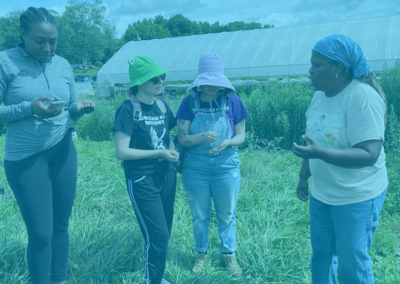
Introduction to Regenerative Climate Risk and Resilience Planning

Step 1: Farm Goals and Resources

Step 2: Describe Your Climate Risk
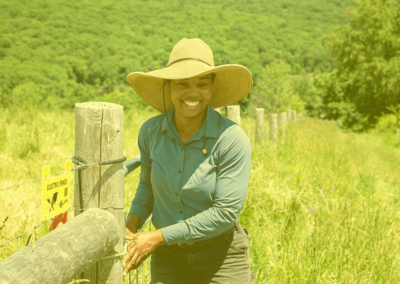
Step 3: Identify Effective Climate Resilience Strategies
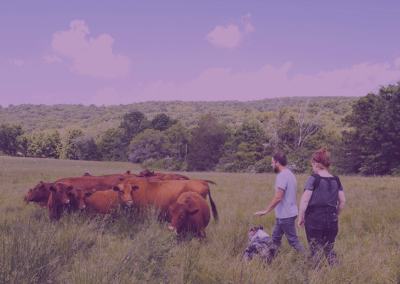
Step 4: Identify Best-Fit Options

Step 5: My Regenerative Whole Farm Climate Resilience Plan
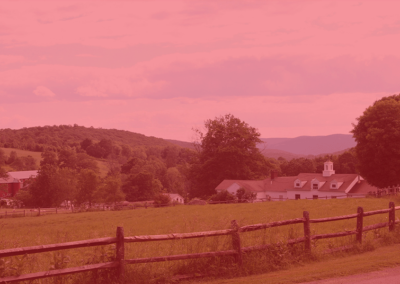
Getting Started with Holistic Management
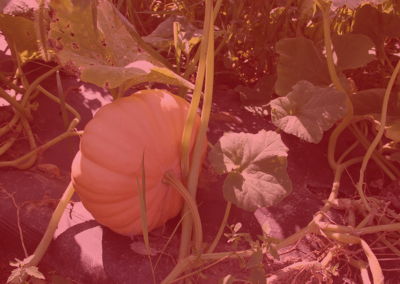
Whole Farm Planning Model

The Tribal Climate Adaptation Menu

NEFOC Land Network Program
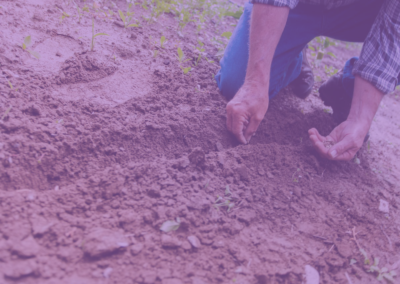
Berkshire Agricultural Ventures

The Sustainable Decisions Tool for Western North Carolina Farmers

Monitoring Toolbox
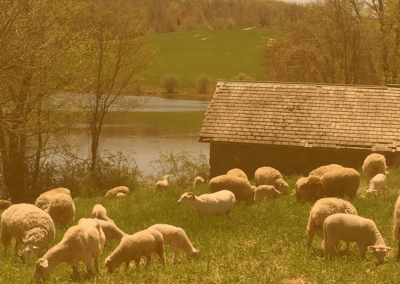
Applying the Principles of Sustainable Farming
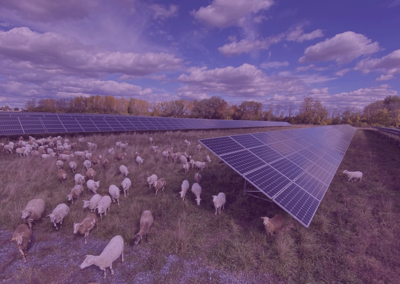
Hudson Valley Agribusiness Development Corporation
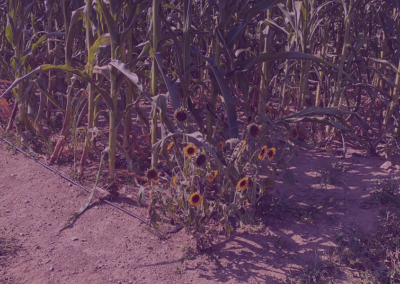
Center for Agriculture Development and Entrepreneurship
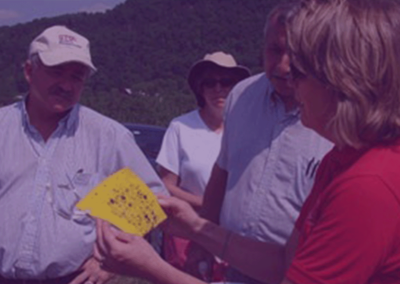
Cornell Climate Smart Farming Team
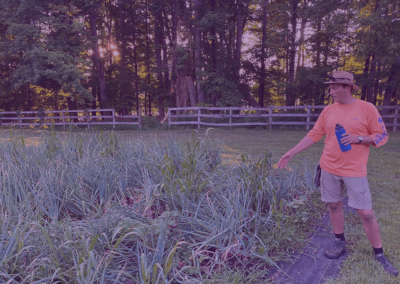
Eastern New York Commercial Horticulture
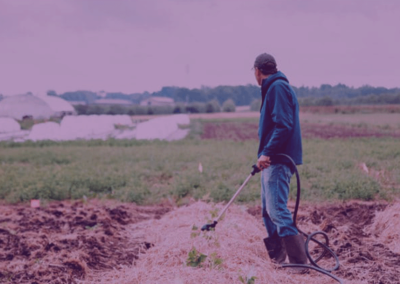
Small Farms Program: Research and Education for Small Farm Viability

Strategic Planning for Farm Businesses
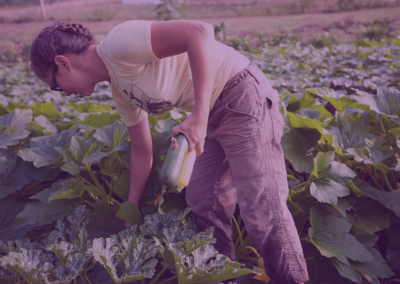
Strategic Management Concepts

Farmers on the Front Lines of Climate Change (2018)
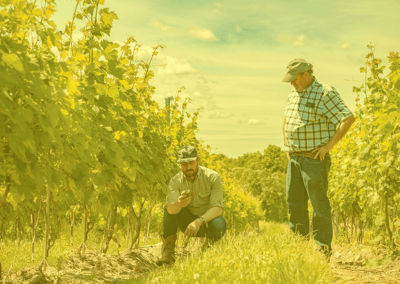
Of Grape Concern: Hudson Valley Winegrowers Adapt to Climate Change (2021)
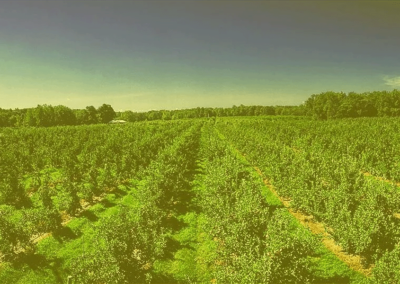
How Hudson Valley Farmers are Experiencing Climate Change (2021)

Climate Smart Farming Story: Hahn Farm (2014)
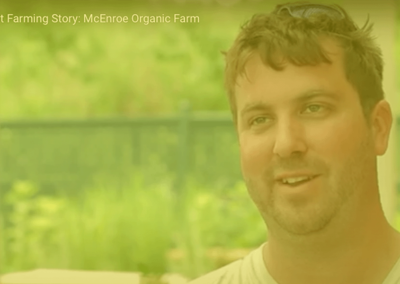
Climate Smart Farming Story: McEnroe Organic Farms (2014)
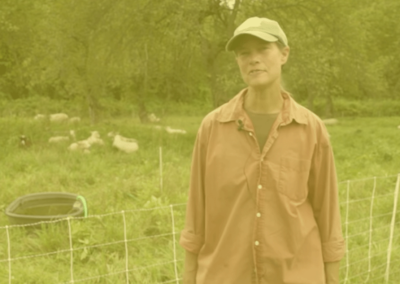
Climate Smart Farming Story: Gansvoort Farm (2016)
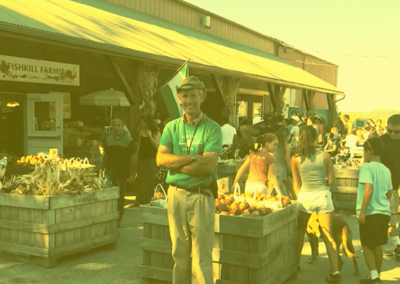
Climate Smart Farming Story: Fishkill Farms (2012)
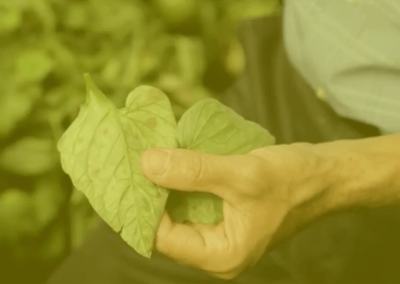
Climate Smart Farming Story: Poughkeepsie Farm Project (2014)

Adaptation and Agriculture: New York farmers & researchers discuss weather changes (2014)

2023 Hudson Valley Farming Series: Farming in a Changing Climate
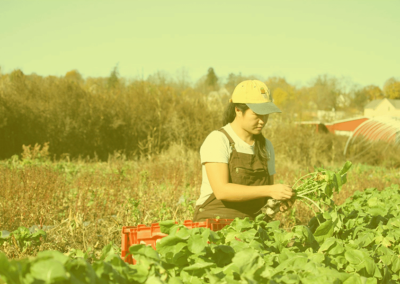
Adaptation Resources for Agriculture: Case Studies using the Adaptation Workbook
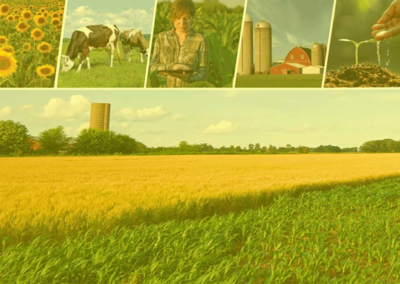
Adaptation Resources for Agriculture: Responding to Climate Variability and Change
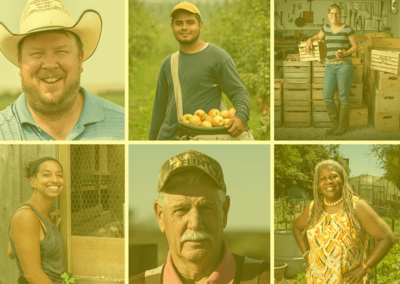
Resilient Farmers, Ranchers and Communities: Social Sustainability in Agriculture
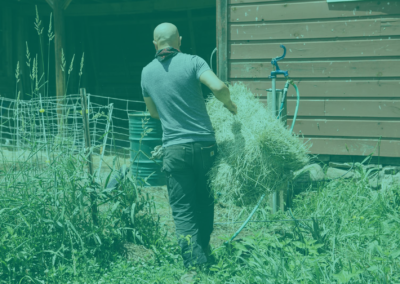
Climate Explorer

CSF Water Deficit Calculator
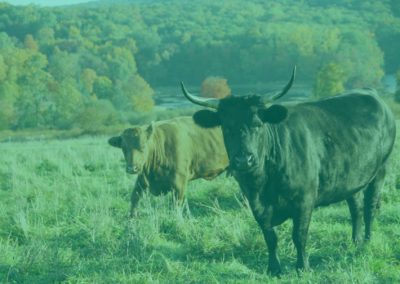
CSF Growing Degree Day Calculator
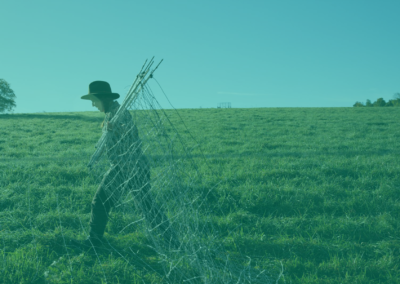
CSF New York State / Northeast Drought Atlas
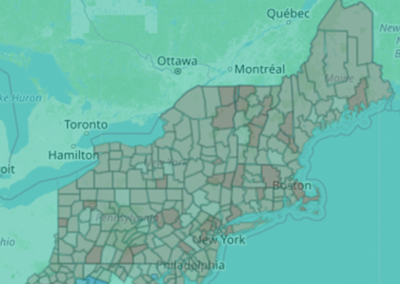
CSF Climate Change in Your County
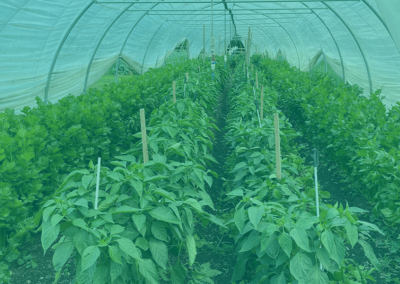
New York State Climate Summary
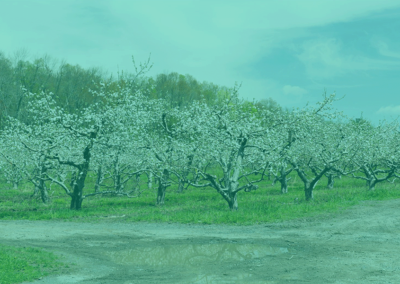
Climate Change in the Hudson Valley
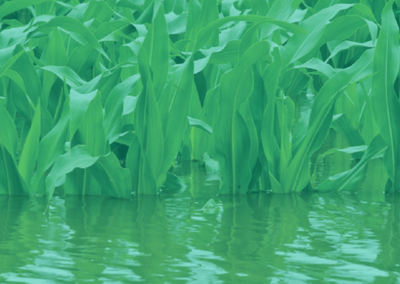
Farming Success in an Uncertain Climate
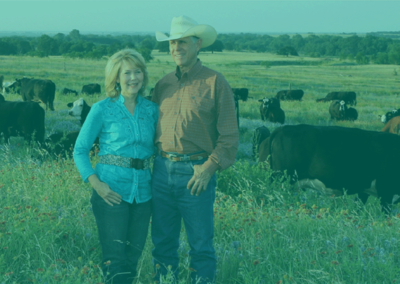
Cultivating Climate Resilience on Farms and Ranches

Introduction to Risk Management: Understanding Agricultural Risk
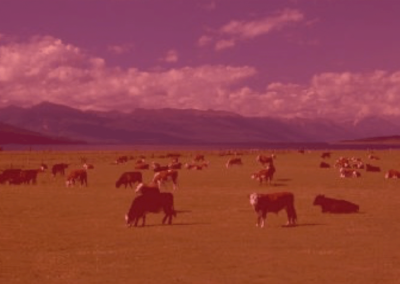
Improving Results on Farms & Ranches with Holistic Management

SWOT Analysis Template Fillable PDF
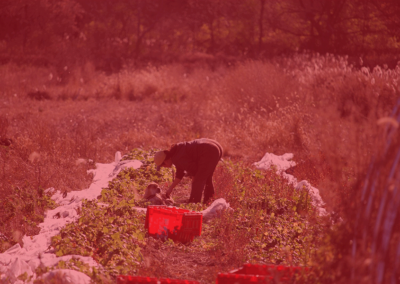
Setting Personal, Family and Business Goals for Business Success
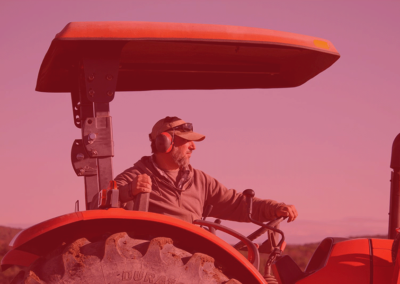
Whole-Farm Planning for Economic and Environmental Sustainability
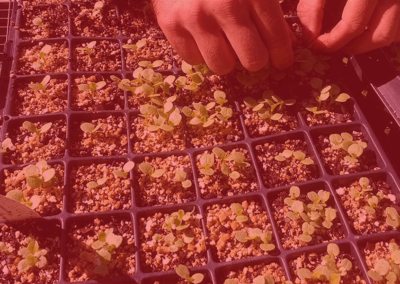
Growing Farms: Successful Whole Farm Management Planning Book
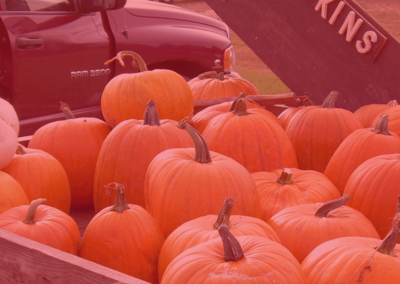
Introduction to Whole Farm Planning: Combining Family, Profit and Environment
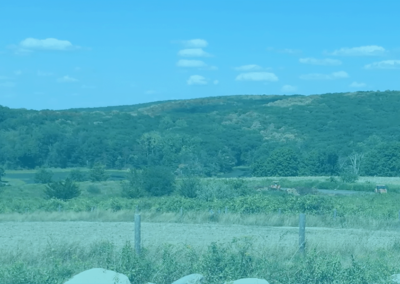
Practical Climate Risk Management
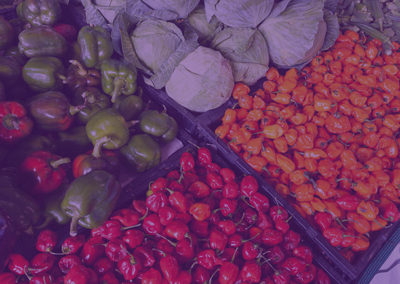
New York Climate Action Resources for Farmers

Climate Resilient Farming
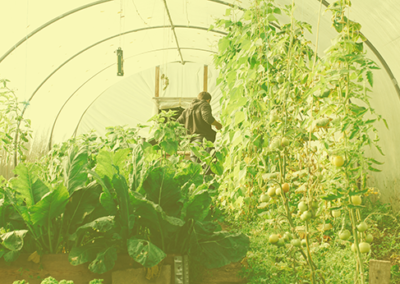
Resilient Agriculture Story: Sap Bush Hollow Farm (2013)

Real World Resilience
Start Your Own
Regional Planning Website
Are you interested in making a 5 Steps website for farmers in your region? We’ve created a replicable version of this website for free download, and a start up guide that provides instructions for how to set up and customize your own site. We can also offer limited technical and financial assistance to help you adapt these resources to your region.
The Free Regional Resilience Website Starter Pack includes…
→ Website Templates
→ Library of Cross-region resources
→ Start up guide
Send a Message
If you have questions about the guide or any of the resources on this site, please use this form to reach out to us and we’ll do our best to support you.